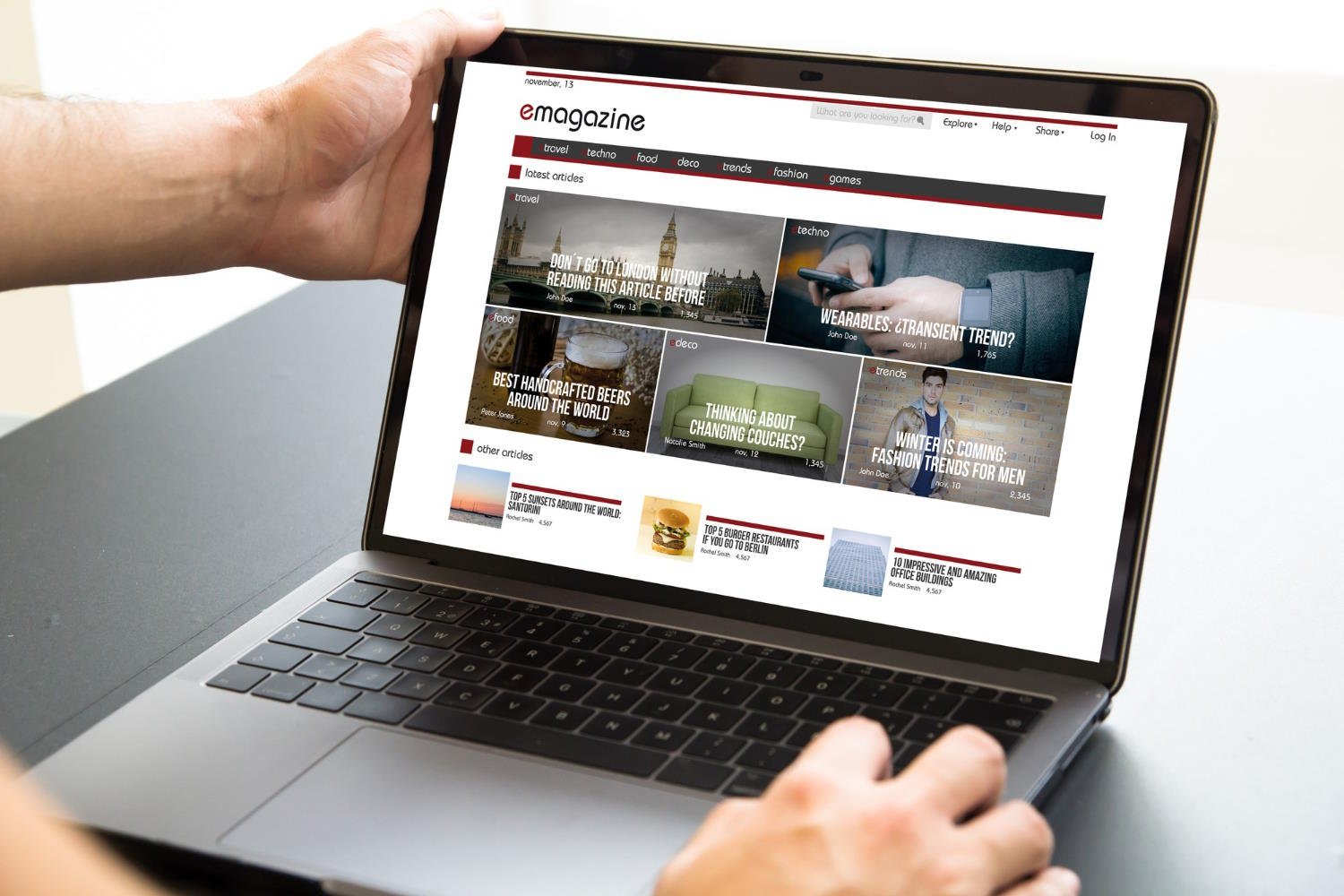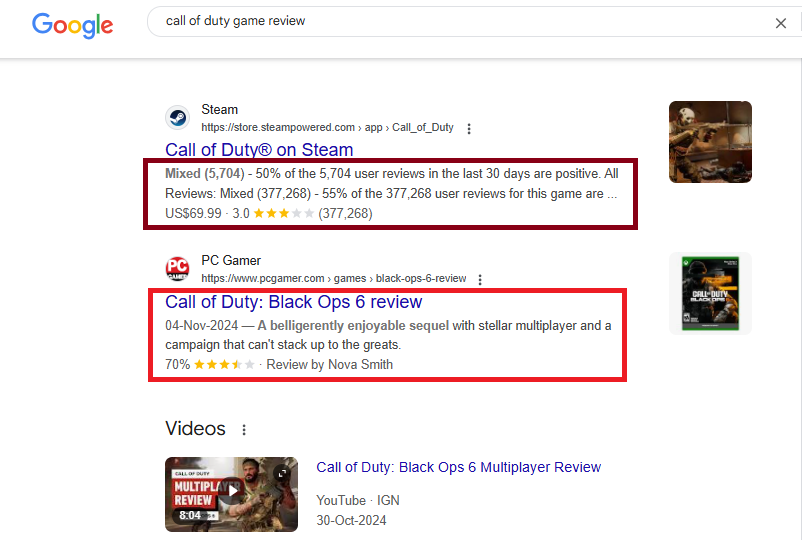Teams work faster when they talk more. But not every tool helps people truly connect. Emails get lost. Meetings take time. Phone calls can interrupt the flow. That’s why mobile messaging is now a go-to option. It fits into the day easily. It works across locations and helps everyone stay on the same page without stopping what they’re doing. But just adding messaging isn’t enough. It has to be used in smart ways that make real teamwork better. Here are six ways messaging can bring people closer and help them get things done.
1) Keeps Everyone in the Loop Instantly
Missed updates slow things down. When one person doesn’t get the message, the whole team can fall behind. Mobile messaging solves that by reaching people right where they are — on their phones. A quick message can replace long emails or last-minute calls. It’s easy to share updates, changes, or next steps in real-time. Everyone gets the same info at the same moment. That keeps tasks from being repeated and avoids mistakes. The faster the update, the quicker the team can shift.
2) Breaks Down the Walls Between Departments
Departments often work in their bubbles. Marketing, support, sales — they each use different tools and speak in different ways. That makes it hard to move quickly as one team. Messaging helps connect those dots. When different teams use the same thread, ideas and updates flow more freely. There’s less waiting, fewer delays, and more chances for shared problem-solving. People see each other’s work and stay aligned. Instead of going through formal steps or waiting for replies, they just message and move on. Messaging doesn’t erase roles, and it brings them together for smoother work.
3) Speeds Up Decision-Making in the Moment
Waiting for approvals or slow feedback can stall progress. Projects can sit idle just because someone didn’t check an email. Messaging changes that. It gives teams the chance to ask, confirm, and act — all in the same chat. Decisions that once took days can happen in minutes. People don’t need to book meetings or write long notes. A quick “yes” or “go ahead” keeps things moving. If something changes, it’s just as easy to loop someone in. This kind of speed helps businesses stay sharp and respond fast when things shift.
4) Makes Work Feel Less Formal and More Human
Work doesn’t have to feel stiff. Messaging lets teams talk like people, not like machines. The tone is lighter, and the pace is faster. That makes it easier for people to speak up, ask questions, and share ideas. It cuts out the fear of sounding too formal or saying the wrong thing. It builds trust and helps people feel like they’re on the same side. That kind of space can spark creativity and make the team more open. When people don’t feel judged, they speak more freely, and that’s where better ideas come from.
5) Supports Real-Time Sharing of Files and Feedback
Sometimes, it’s not enough to say something, and it needs to be shown. A screenshot, a photo, or a file can explain more than a message ever could. Messaging makes sharing those things fast and easy. Teams can drop a file in the chat and get comments on it right away. That keeps the feedback loop short. Edits can be made while people are still thinking about the task. There’s no waiting for email threads or folder uploads. Everything stays in the conversation, so nothing gets lost. It’s a faster, cleaner way to work on things together.
6) Brings Tools and Tasks Into One Place
People are tired of jumping between apps — one for tasks, another for chats, another for files. It’s overwhelming and slows things down. That’s where mobile messaging solutions make a real difference. These tools don’t just send texts — they combine tools into one space. Tasks, alerts, updates, and chats all live together. It makes life simpler. Teams don’t need to leave one place to check on another. Instead of jumping between tools, everything happens in one thread. It saves time and helps everyone stay in sync. The fewer the steps, the faster the progress. When things connect better, the team does, too.
Conclusion
Mobile messaging isn’t just a trend. It’s a tool that, when used the right way, changes how teams work together. It keeps updates flowing, removes delays, and opens the door to more honest and human conversations. It lets work feel lighter, and decisions happen quicker. The best part is how it blends into daily life. It doesn’t demand big changes, just smarter ways to connect. When messages become part of the process, collaboration feels natural. The team moves together, not in pieces, and that kind of rhythm is what keeps work moving forward.







